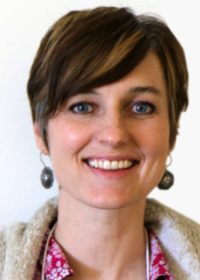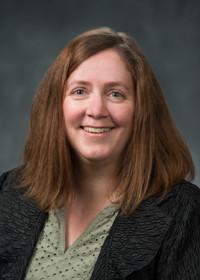Bioluminescent sea creatures that glow in the dark!: Art lessons with science connections
Session 1: Grades 5-6
In science students understand that traits are passed from the parent organisms to their offspring, and that sometimes the offspring may possess variations of these traits that may help or hinder survival in a given environment. But what happens in the art realm if sea creatures could pass along imaginary or non traditional traits? Students use mixed media and alternative techniques to create their own “morphed” underwater creature. The study of ecosystems includes the interaction of organisms with each other and with the physical environment. Bioluminescence occurs through a chemical reaction that produces light energy within an organism's body. Students will use fluorescent materials to create deep sea fish that glow in the dark, just like creatures in the deep sea.
Rainbow jellyfish, textured seahorses and woven turtles: Art lessons with science connections
Session 2 & 5: Grades 1-3
In life science children study the changes in organisms over time and the nature of living things. This class will use mixed media techniques to create three dimensional hanging jellyfish, textured seahorses that live in varied and unusual environments, and weaving skills to create beautiful textile inspired turtle shells. Students will also explore the connections between art and science as they invent and create.

Elicia Gray
Elicia Timpson Gray has been teaching art for more than 20 years. She has taught every grade level from preschool to college in the United States, Canada, and Africa. She is currently an art specialist at Lakeview Elementary in Provo, and is an adjunct professor at Brigham Young University. She loves mixed media, wild colors, patterns, and texture. She has five children and is married to a giant. She loves adventure and exploring new places and ideas.

Heather Leary
Dr. Leary is an Assistant Professor of Instructional Psychology & Technology. She graduated from Utah State University in 2012 with her PhD in Instructional Technology and Learning Sciences. She was a post-doctoral researcher at the University of Colorado Boulder in the Institute of Cognitive Science and a Visiting Research Scientist at the University Corporation for Atmospheric Research from 2011-2015. She designed curriculum for the online programs at BYU-Idaho from 2015-2016. She is an active member of the Association for Educational Communications and Technology (AECT), the American Educational Research Association (AERA), and International Society of the Learning Sciences (ISLS).